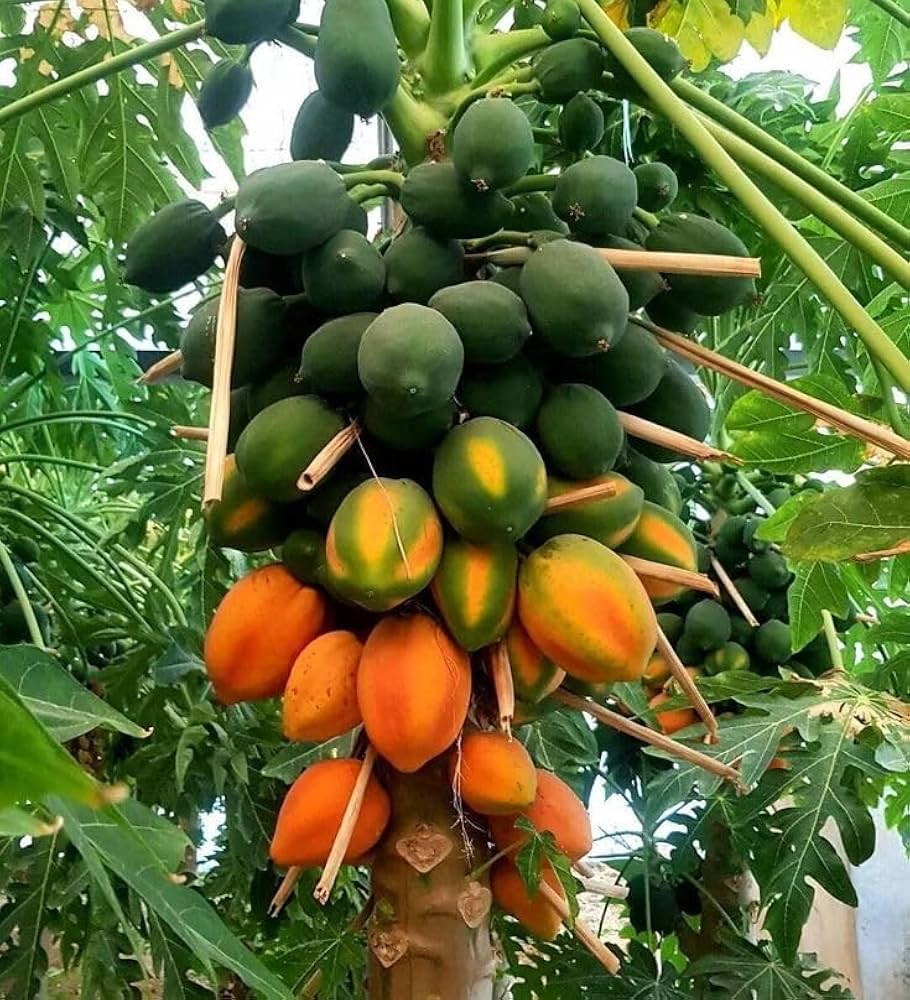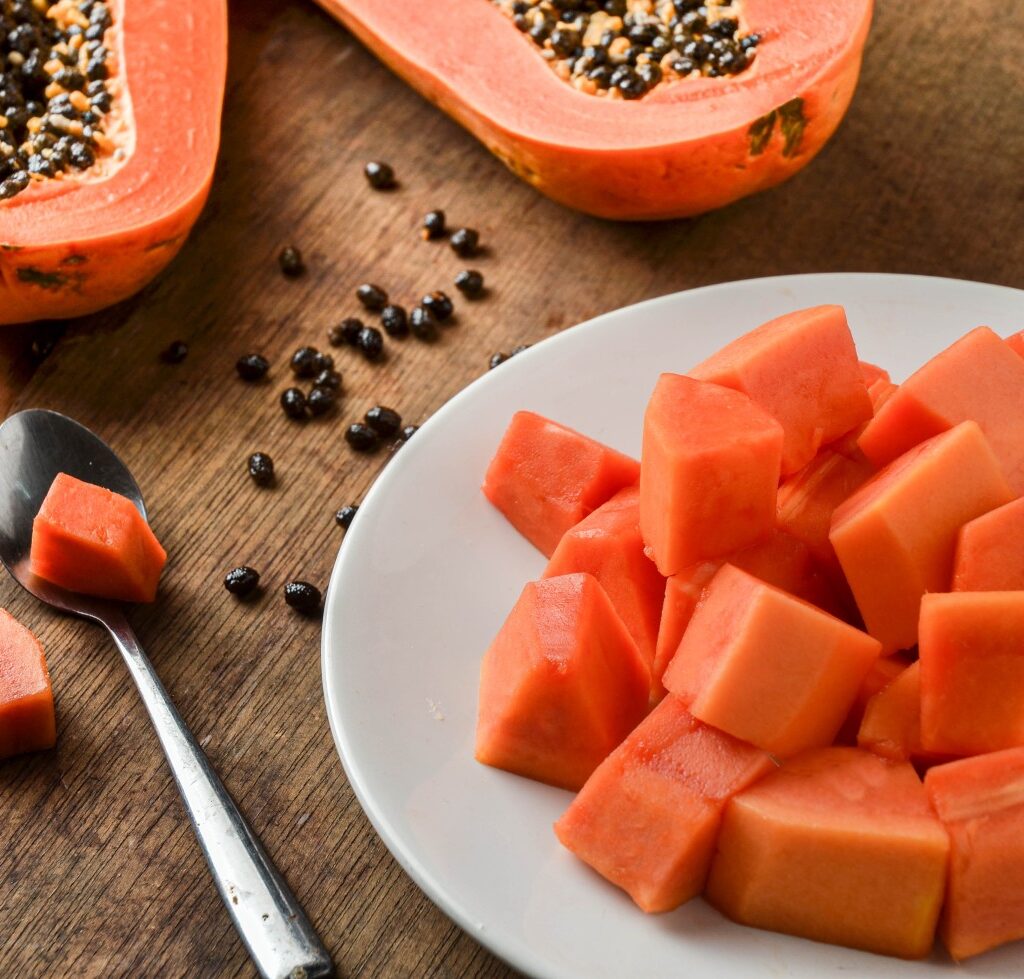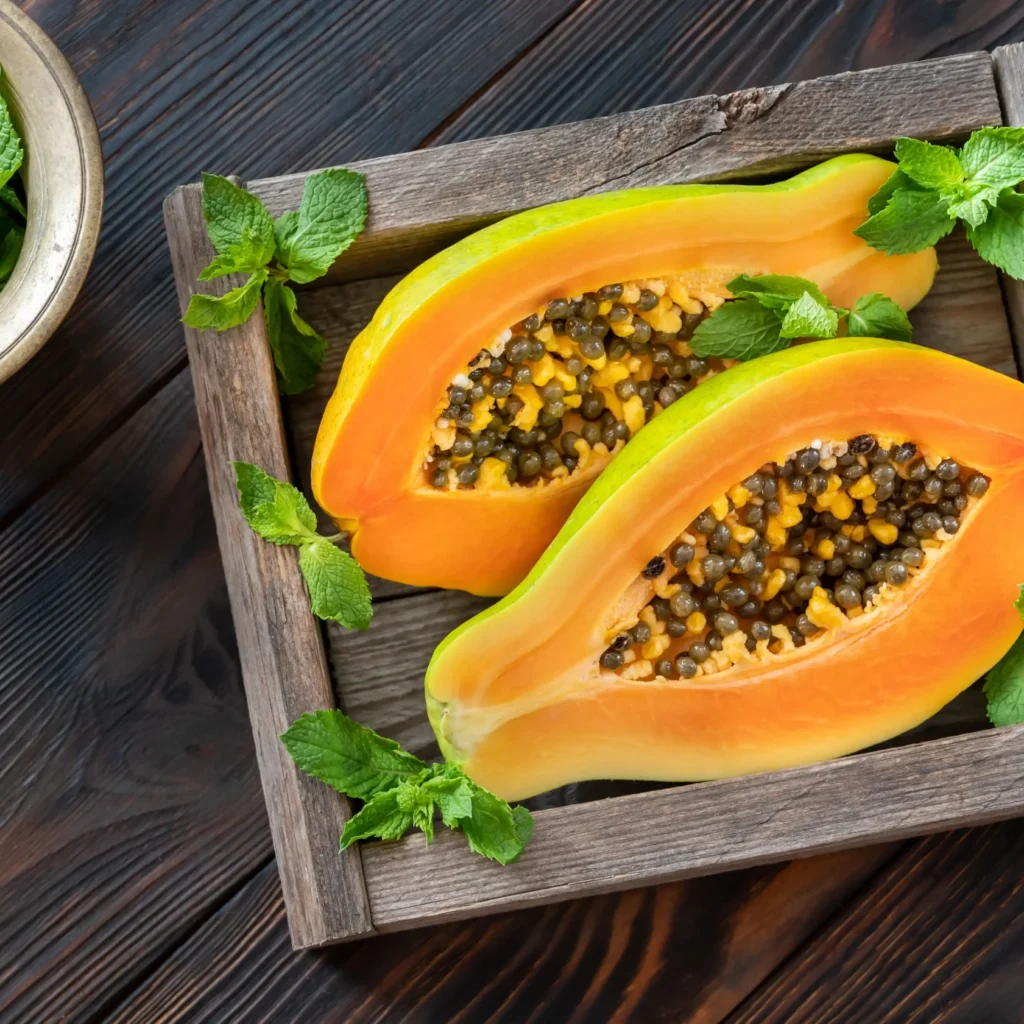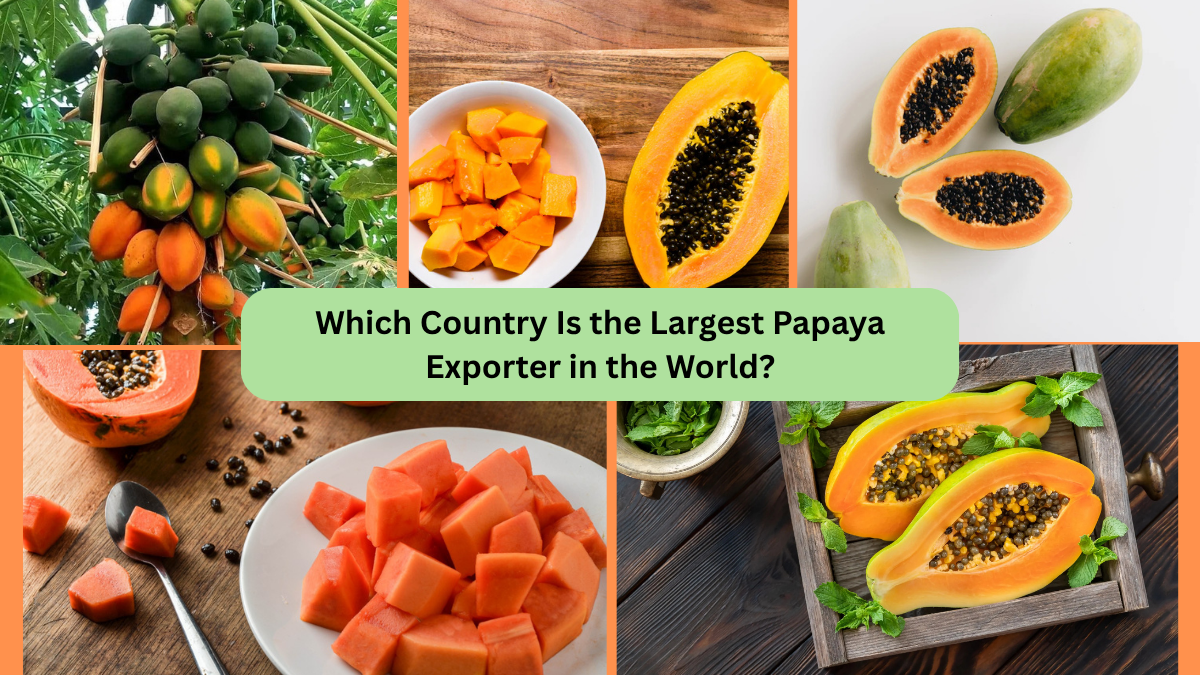Papayas — the luscious, sun-kissed tropical fruit — are loved worldwide for their rich, sweet flavor and exceptional nutritional value. Whether eaten fresh, blended into smoothies, or dried into chewy snacks, papayas hold a significant position in international markets. But when it comes to global trade, which country exports the most papayas in the world?
The answer is clear: Mexico.
In this article, we’ll explore why Mexico leads the global papaya export market, how other nations contribute, current trade trends, market dynamics, and the challenges and opportunities shaping the future of papaya exports.
The Global Papaya Export Market at a Glance

Papayas (Carica papaya) thrive in tropical and subtropical climates, making them a staple in countries across Latin America, Asia, and Africa. Globally, over 13 million metric tons of papayas are produced annually, with only a fraction destined for international trade.
Among exporting nations, a handful lead the market — with Mexico consistently ranking number one, followed by Brazil, Guatemala, India, and Malaysia.
Mexico: The Undisputed Leader in Papaya Exports
Key Export Data:
- Mexico accounts for over 50% of the global papaya export volume.
- In 2023, Mexico exported approximately 200,000 metric tons of papayas.
- The total export value exceeded USD 124 million.
- Major export destinations include the United States, Canada, Japan, and Europe.
Mexico’s dominance in the papaya market isn’t by accident — it’s the result of a combination of natural advantages, strategic proximity to major markets, and well-developed agricultural infrastructure.
Why Mexico Dominates the Papaya Export Market

Ideal Climate & Geography
Mexico boasts tropical and subtropical regions ideal for papaya cultivation, especially in states like Oaxaca, Chiapas, Colima, Veracruz, and Michoacán. These areas offer:
- Warm, humid climates
- Fertile, well-drained soils
- Year-round growing seasons
This allows Mexican farmers to produce papayas continuously throughout the year, giving them a significant edge in global supply.
Proximity to Major Markets
One of Mexico’s greatest advantages is its close proximity to the United States, the world’s largest papaya importer. With favorable trade agreements like USMCA (United States-Mexico-Canada Agreement) and well-established transport routes, Mexico can deliver fresh papayas to U.S. supermarkets and wholesalers within days of harvest.
High-Quality Varieties
Mexico cultivates several desirable papaya varieties for export, particularly:
- Maradol: Large, red-fleshed, sweet flavor, excellent shelf life
- Tainung: Smaller size, aromatic, ideal for Asian markets
These varieties are favored for their size, appearance, flavor, and transportability, making them highly competitive in international markets.
Strong Export Infrastructure
Mexico has invested heavily in modernizing its fruit export systems, including:
- State-of-the-art packing facilities
- Cold chain logistics
- International certifications like GlobalGAP and HACCP
- Efficient land, sea, and air export networks
This ensures Mexican papayas reach their destinations fresh, safe, and ready for retail.
Other Major Papaya Exporters
While Mexico leads, several other nations also play important roles in global papaya trade:
| Country | Annual Export Volume | Key Markets |
|---|---|---|
| Brazil | 38,000–45,000 metric tons | Europe, Middle East |
| Guatemala | 40,000–43,000 metric tons | United States |
| India | 35,000 metric tons | Middle East, Southeast Asia |
| Malaysia | 14,000–16,000 metric tons | Singapore, Hong Kong, Middle East |
| Sri Lanka | 13,000–15,000 metric tons | Gulf countries, Maldives, UK |
Brazil is the second-largest papaya exporter globally, focusing largely on the European market, while Guatemala is a strong supplier to the U.S. and neighboring countries.
Key Global Export Trends

Rising Health Awareness
Papayas are naturally rich in vitamin C, A, folate, fiber, and antioxidants. Their health benefits — including supporting digestion, immunity, and heart health — have fueled increased demand in health-conscious markets like North America, Europe, and East Asia.
Growth in Packaged and Processed Papayas
Demand for papaya-based products like papaya cubes, juices, dried snacks, jams, and dietary supplements is on the rise, creating new opportunities for exporters.
Expanding Asian Markets
Countries like China, South Korea, and Singapore are emerging as lucrative markets for fresh tropical fruits, including papayas, offering exporters new growth avenues.
Challenges in the Papaya Export Industry
Despite its growing popularity, exporting papayas presents several challenges:
- Perishability: Fresh papayas are highly perishable, requiring rapid cold chain logistics.
- Pest and Disease Risks: Papaya ringspot virus and other diseases can devastate crops.
- Climate Vulnerability: Extreme weather events like hurricanes and droughts can impact production.
- Export Standards and Tariffs: Stringent phytosanitary regulations and tariffs in certain countries can complicate market access.
Future Outlook for Global Papaya Exports

The global papaya export market is expected to grow steadily over the next decade, driven by:
- Rising health and wellness trends
- Expanding international cuisine featuring tropical fruits
- Increasing demand for plant-based, nutrient-rich snacks
- Improved logistics and cold chain management
Mexico is poised to maintain its leadership position while other countries like Brazil, Guatemala, and India are likely to increase their market share, especially in niche organic and processed product segments.
Final Verdict

So, to answer the question:
Which country is the largest papaya exporter in the world?
The clear answer is Mexico.
With its ideal growing conditions, proximity to major markets, high-quality papaya varieties, and modern export infrastructure, Mexico dominates global papaya exports, accounting for more than half of worldwide trade. Its position looks secure for the foreseeable future, bolstered by growing global demand for tropical fruits and health foods.



